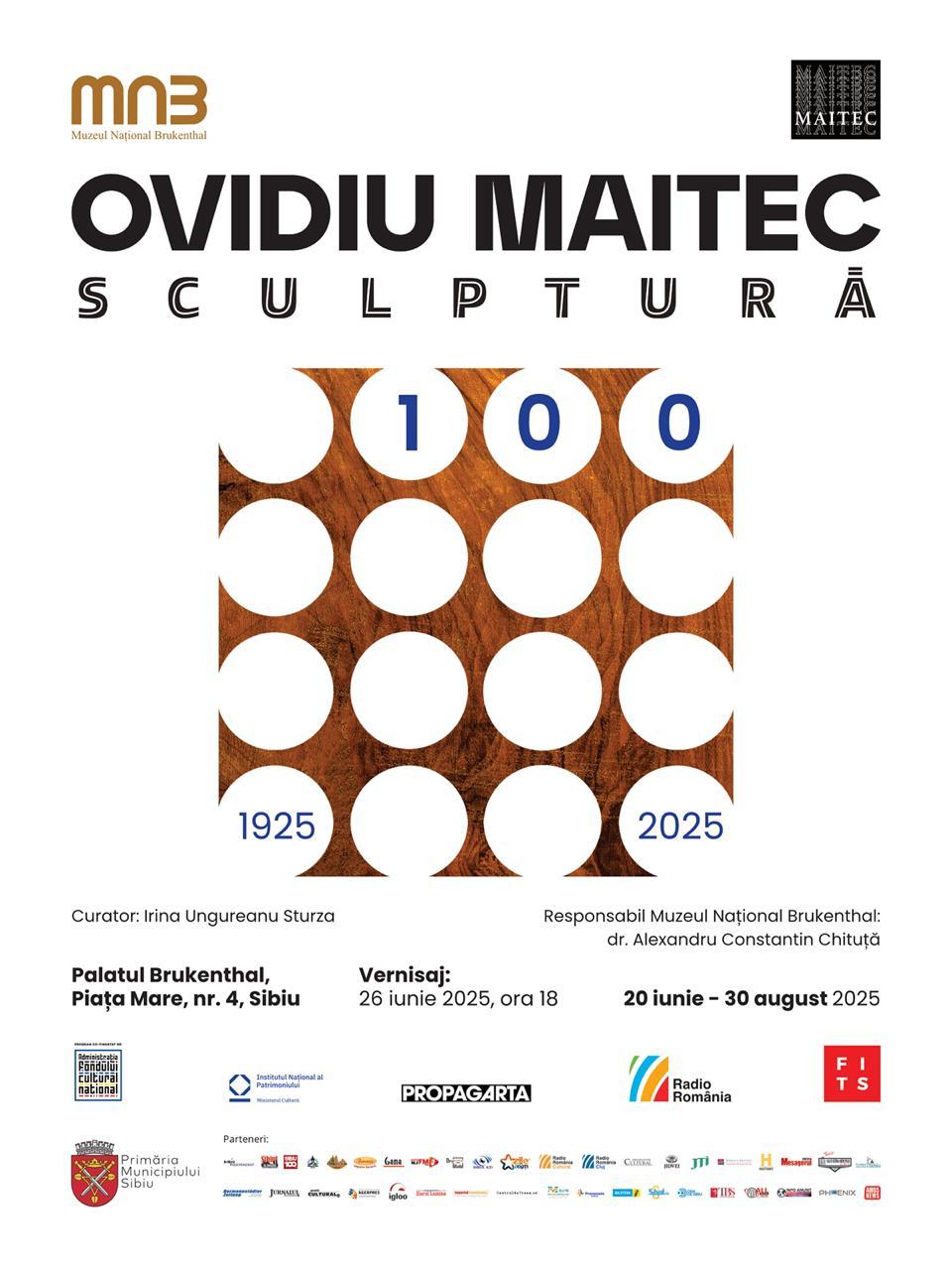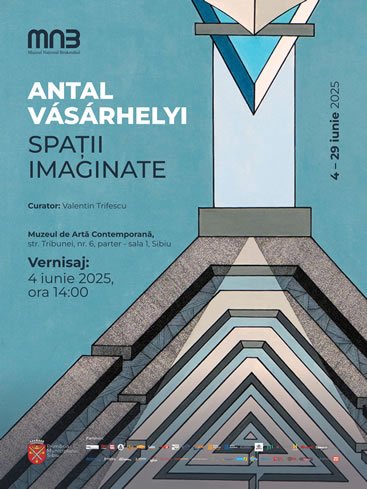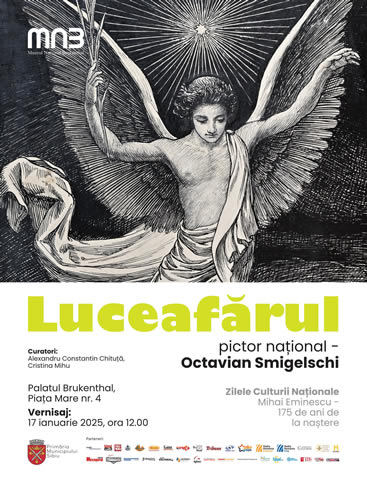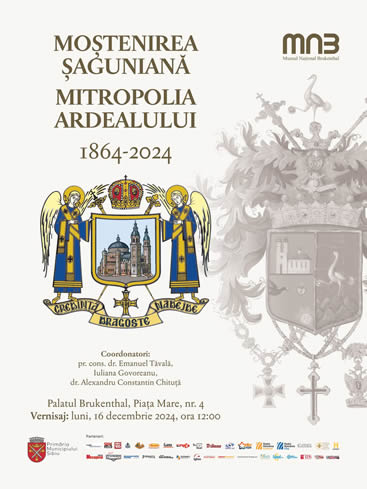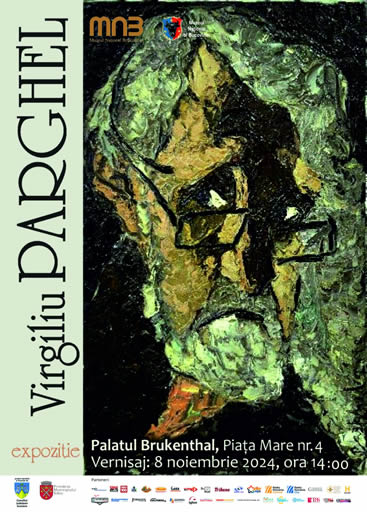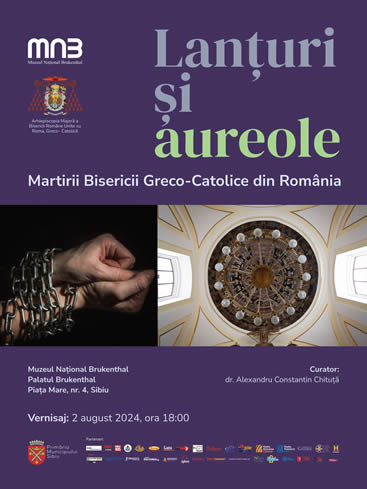
Participation in the opening is made on the basis of reservation by phone 0269 217 691, within the limit of available places.
The opening will take place on Friday, November 24, 2023, at 4:00 p.m.
"It was an honor to have two oil works by Gustav Klimt in custody in Sibiu, and the Restoration Laboratory of the Brukenthal National Museum to restore these important pieces from the Peleș National Museum, the only institution from our country that houses some works signed by the artist and Austrian decorator Gustav Klimt. His art contributed to the outbreak of an artistic "revolution" in Europe. One of Klimt's most famous and well-known paintings is "The Kiss" (1907-1908). It dates from the so-called "golden" period of the artist. This is best illustrated by the golden petals phosphorescently illuminating the intimate scene of the kiss. Two works came to us from the Peleș National Museum in Sibiu: «Spring» and «Summer». The works are classified in the Treasury category and, according to the legislation in force, must be restored by restorers with the title of expert in a laboratory certified by the Ministry of Culture. In this sense, I mention the fact that all five painting restorers have the title of expert, and the Laboratory of the Brukenthal National Museum has been certified since 2011. With the agreement of manager Narcis Dorin Ion PhD, the three works will be presented to the public at the Brukenthal National Museum, and alongside these works there will also be explanations of the restoration work. We considered it a chance for the people of Sibiu and visitors to observe these works and the stages of the restoration process in an exhibition".
"The two works are pendants, they have the same size (100 x 50 cm) and oil on canvas execution technique, and their state of conservation is similar. In a first phase of work, two restorers made a trip to the Peleș National Museum and dismantled the paintings, they were attached to the wall, directly with the help of metal nails, which caused extensive deformations of the support. After the paintings arrived in the laboratory, a series of physical analyzes were carried out with the help of X-rays, as well as XRF chemical analyzes through which the pigments used by the painter in the creation of the works were identified. Based on these analyses, but also after the paintings were studied in UV light, a series of restoration proposals were made, in stages of work to be executed. In the next stage, the museum's restorers performed specific operations of: restoring the flatness of the textile support; operations to strengthen the edges of the textile support by applying strips of cloth with a grain similar to the original, these strips helped to fix the painting on the wooden frame; making a professional chassis that can be tensioned later; cleaning operations of the original color layer, this is a particularly important stage and must be carried out with the utmost care so that the original color layer is not endangered; grouting and grinding operations; chromatic integration of the areas with stratigraphic gaps that were grouted and the final varnishing of the work. After their presentation in Sibiu, the paintings will be transported to the Peleș National Museum, where they will be mounted on the wall".

